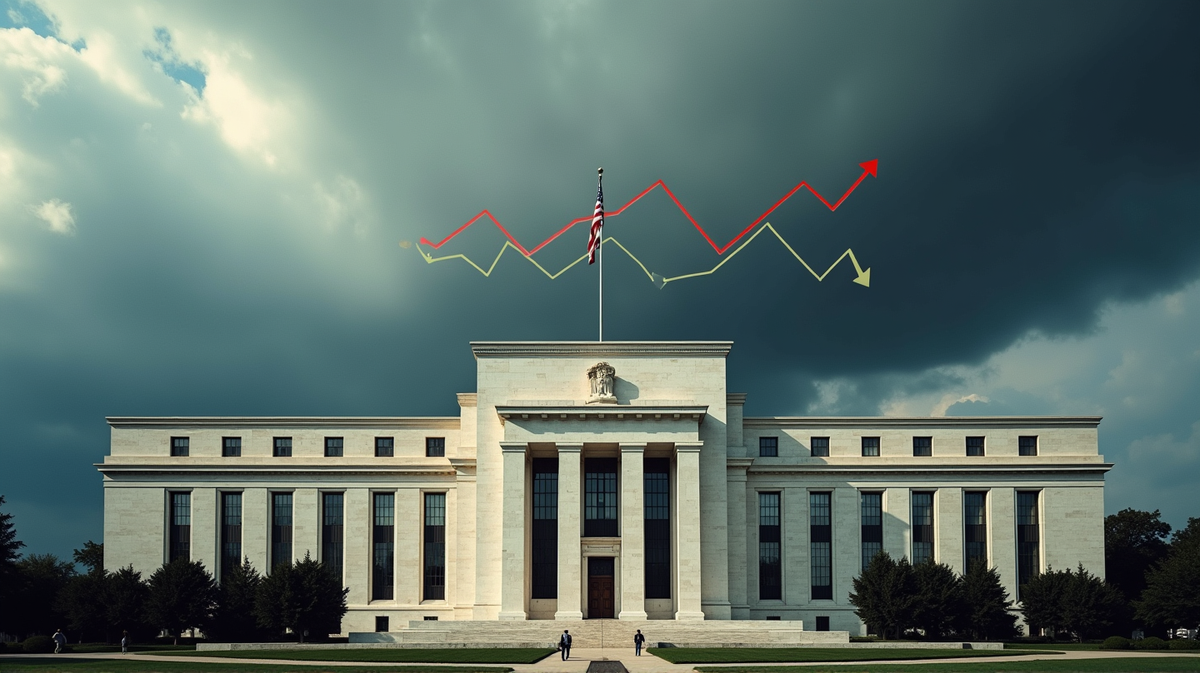Federal Reserve Faces Tough Choice Amidst Trade War Threats
As tariffs pose new challenges, the Federal Reserve warns of higher inflation and unemployment risks yet maintains current interest rates.

The Federal Reserve, in a significant move, decided to hold the interest rates still, marking the third continuous meeting with steady rates. This decision comes amid increasing worries about the economic ramifications of ongoing tariffs.
A Steady Stand with Caution
The Federal Reserve’s committee, which sets the interest rates, made a unanimous decision to keep the federal funds rate within the 4.25% to 4.5% range. This is a reflection of both confidence in the current state and a cautious acknowledgment of potential risks—that of rising unemployment and inflation. According to Axios, these risks have become more pronounced as global trade tensions escalate.
Economic Indicators: A Mixed Bag
While some aspects of the economy might seem healthy, tariff-related disruptions have been felt, with businesses rushing to import goods before tariffs bite. This has led to some “swings in net exports,” as highlighted by the Fed. Beyond this, consumer confidence is taking a hit, and U.S. ports are forecasting a decrease in shipping volumes—signs of the impact of an increasingly intense trade environment.
The Unresolved Challenge
For Chair Jerome Powell and his team, the looming question remains: should they combat potential tariff-induced inflation with higher rates, or guard against a slowdown in hiring and economic growth by lowering them? “It would indeed be a challenging decision,” Powell admitted, stressing a scenario avoided for decades.
Trump’s Influence
President Trump, who initially placed Powell in his role, has a complex relationship with the Fed. While backing away from earlier threats to dismiss Powell, he persistently applies public pressure for a rate cut. This external pressure adds another layer of complexity to the Fed’s decision-making process.
Looking Ahead
Moving forward, observers are watching closely as the situation continues to unfold. Adjustments to trade policies could have profound effects on inflationary and employment trends, both of which influence the Fed’s stance on rate adjustments.
In this uncertain climate, the Federal Reserve is left to navigate the nuanced intersection of policy rates, inflation, and job markets, with the broader impacts of trade policies yet to be fully realized.